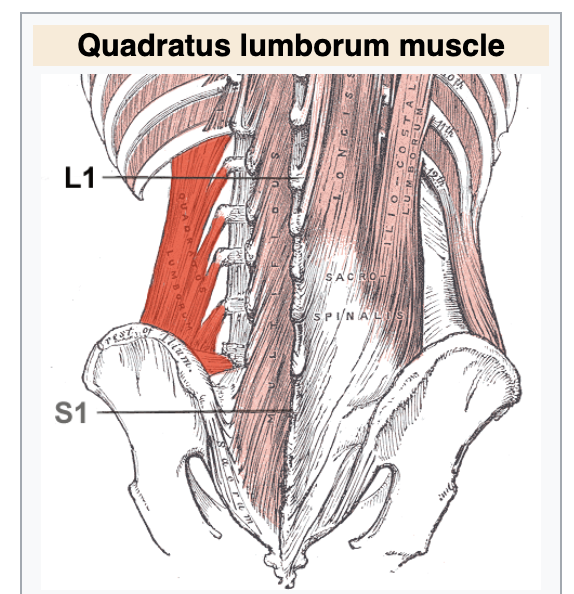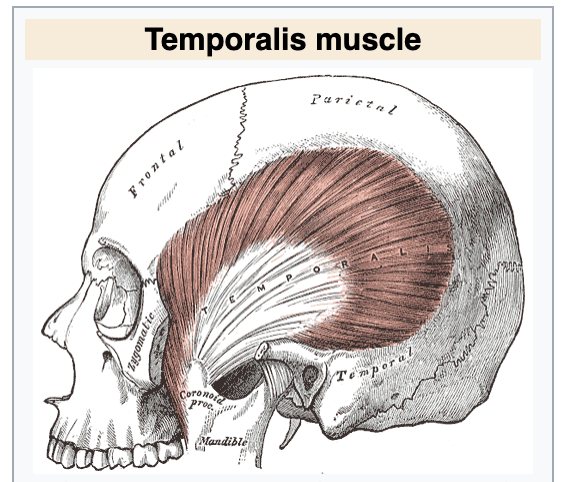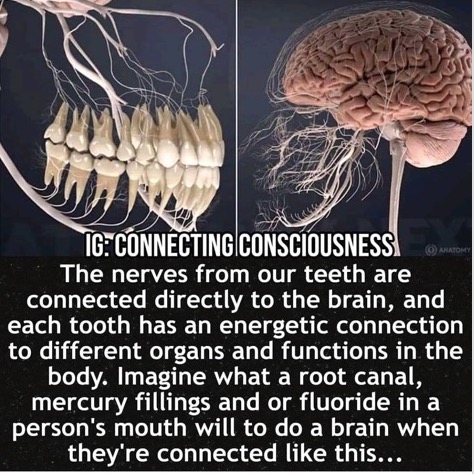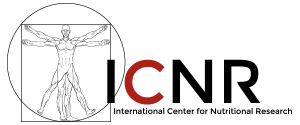The Dental Low Back Pain Connection
The Head bone is connected to the backbone
Margo presented with the chief complaints of low back pain for several months, accompanied by headaches and upper neck pain. Interestingly, it started soon after she had a dental appointment. The dentist prepared Margo’s lower left first molar for a crown. A temporary or transitional crown was fabricated while the laboratory fabricated the permanent one. Unfortunately, the bite or occlusion did not maintain the balance of her criminal bones. The inter-digitation of her lower left first molar temporary crown was off-alignment by a very small amount. The opposing tooth was hitting the lower crown on an inclined plane. Functionally this caused Margo’s temporal bone to rotate or torque. Attached to the temporal bone is the temporals muscle, which has a muscle interlink with the lower quadrates lumborum muscle, which was the area where the pain appeared. There is a direct muscle link between the masticator muscles (chewing muscles) and the pelvic muscles. The primary area of dysfunction was the bite and the lower back muscle was the wagging tail of the dog. Margo could have been evaluated by 1000 different healthcare practitioners and they would not have connected the dots. This concept of functional anatomy is not part of their professional curriculum. In reality they do not know that they do not know.
Treatment involved a comprehensive cranial adjustment to reset the balance of the cranial bones. Once the alignment was corrected, the note was adjusted to maintain the balance of the temporal bone and the rest of the skull. The final treatment involved using the Ngui Matrix System of Qigong acupuncture to turn off the switches in the brain. At the end of the one-and-a-half-hour visit, Margo was pain-free and stable structurally.
Margo’s case is typical of these types of patients who fall through the medical/dental cracks and very few practitioners have the knowledge and or clinical skills to fix these patients. It is a sad state of affairs and one that will not be remedied in the near future.

The quadratus lumborum muscle is a major lower back stabilizer. Its muscle interlink is the opposite temporals muscle. From a functional anatomic perspective, when one muscle goes into dysfunction, it directly affects it muscle interlink. I call this the “slinky effect”.
The temporalis muscle is the most powerful muscle of the temporomandibular joint and is likely to be involved in jaw pain and headaches.

In addition to the muscle interlink connection, all the teeth are directly connected to the brain. When a tooth is traumatized because the bite is off, the signals are transmitted directly into the brain. This brief overview provides a better understanding of the complexity of one’s teeth in relationship to the rest of the body. A small misalignment of a tooth can wreak havoc in the body; unless the dental practitioner has a working knowledge of these interrelationships, a patient’s chief complaints may never be solved until the patient is evaluated globally.

FREE PRESENTATION
Download the slides from Dr. Smith's presentation on the Dental Whole Body Connection in Ontario on October 25, 2024.
A comprehensive seminar to awaken you to the potential dangers of dental treatments.

STAY INFORMED
Big tech and mainstream media try to suppress the powerful information I have to share. Subscribe here to stay informed!
